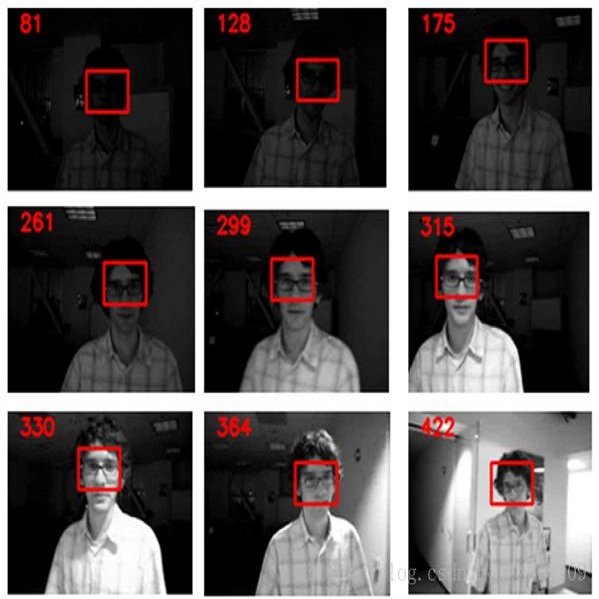Object tracking is one of the fundamental problems in visual recognition tasks and has achieved significant improvements in recent years. The achievements often come with the price of enormous hardware consumption and expensive labor effort for consecutive labeling. A missing ingredient for robust tracking is achieving performance with minimal modification on network structure and semi-supervised learning intermittent labeled frames. In this paper, we ad-dress these problems in a Bayesian tracking and detection framework parameterized by neural network outputs. In our framework, the tracking and detection process is formulated in a probabilistic way as multi-objects dynamics and network detection uncertainties. With our formulation, we propose a particle filter-based approximate sampling algorithm for tracking object state estimation. Based on our particle filter inference algorithm, a semi-supervised learn-ing algorithm is utilized for learning tracking network on intermittent labeled frames by variational inference. In our experiments, we provide both mAP and probability-based detection measurements for comparison between our algorithm with non-Bayesian solutions. We also train a semi-supervised tracking network on M2Cai16-Tool-Locations Dataset and compare our results with supervised learning on fully labeled frames.
翻译:物体跟踪是视觉识别任务的根本问题之一,近些年来取得了显著的改进。成就往往来自于巨大的硬件消耗价格和连续贴标签的昂贵劳动努力。一个缺失的可靠跟踪要素是:在网络结构和半监督的学习间歇性标签框架方面实现最低限度的修改。在本文中,我们通过神经网络输出参数的贝叶斯跟踪和检测框架来解决这些问题。在我们的框架里,追踪和检测过程是作为多物体动态和网络检测不确定性的概率性方法来制定的。我们用配方,我们建议以粒子过滤法为基础的近似抽样算法来跟踪对象状态估计。根据我们的粒子过滤法推断算法,使用半监督的学习算法来学习通过变推法推断的间歇性标签框架的跟踪网络。我们实验中,我们提供了基于概率的检测测量测量数据,以比较我们的算法与非巴约的解决方案。我们还在M2Cai16-Tool观测数据设置上培训一个半超超的跟踪网络,并将我们的成果与监督的标签进行比较。




